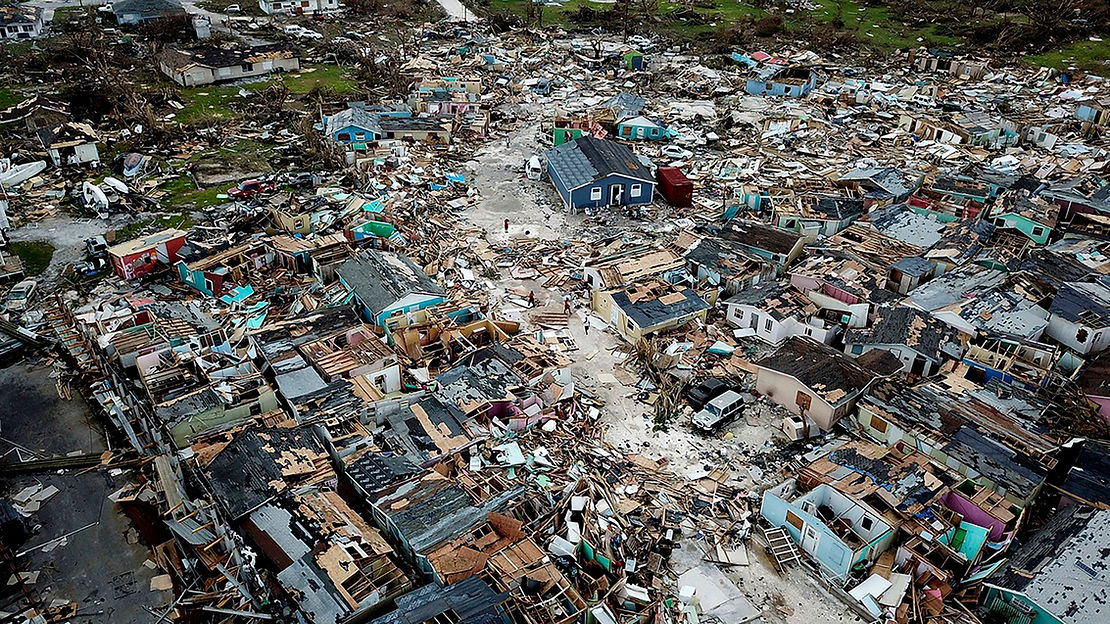By: William Wang
What would one do if the human habitat on earth is decimated to the point of no return? Imagine if all the beautiful forests of the world ceased to exist due to constant clearcutting.
Some people view cutting down trees as a positive action because it creates a thriving economy, while some view it as a harmful one due to its devastating effects on the natural environment. This controversial topic really shouldn’t lead to a divisive argument because the extensive damage that results from cutting trees is impossible to deny. Although it may lead to a more thriving economy, allowing the mass destruction of trees to continue actually would contribute to the degradation of a healthy habitat for humans and eventually lead to natural disasters including sand storms, flooding, and landslides.
Some countries and industries have failed to halt or even slow down clearcutting, which has led to more devastating environmental disasters including sand storms, polluting the air with sediment. They are usually caused by thunderstorms, which increase wind speed over a wide area. These winds lift huge amounts of sand and dust from dry soil into the atmosphere. Trees holds the dirt tightly within their roots so that when winds try to transport it, the tree can maintain the soil below ground with incredible strength.
This protects the air from being polluted which often leads to health issues. According to the NSW (New South Wales) Government website of health, prolonged exposure to dust will cause chronic breathing, lung problems, and possibly heart disease. In India, more than 500 million people in India are exposed to poor air quality throughout the country. Due to sand and dust storms, 60 million people have experienced more than 170 dusty days in 2019. According to India Today, at least 4,000 people went to the hospital in one day because of respiratory issues. Poor air quality directly results from clear-cutting that leaves bare sand with no foundation to keep it stationary. This evidence clearly shows that a significant amount of people have failed in doing so to protect the environment.
Flooding and landslides are also primarily caused by a lack of trees. Floods can inundate cities with water and destroy communities. Oftentimes, there’s no escape from such natural disasters. According to the Rally for Rivers, trees help rain enter soil faster because roots create a channel in the soil, thus being able to absorb water faster than soil that does not have roots. The trees also help reduce water entering rivers by stopping the overflow of streams. According to the simulations on flooding by Rally for Rivers, there will be a 10 to 15 percent depletion of flooding when 20 to 30 percent of river basins are planted with trees. For example, in England, North Yorkshire, they have planted 40,000 trees to slow the flowing of water into rivers to reduce flooding. The analysis states that the tree-planting reduced peak river flow by 15 to 20 percent in 2009. Planting trees helped the town after it suffered 4 floods in 10 years, with one flood causing 7 million pounds or over 8.5 million dollars in damage. Therefore, if the destruction of trees is slowed down, or even stopped, these life-threatening disasters would not be devastating.
Many people argue that trees need to be cut down for different uses. Those who approve of the mass destruction of trees state that wood is the only resource that can be turned into raw materials. Thus the benefits of cutting trees can also develop industries, which are the source of income for many.
However, there are also a lot of alternatives to wood that are less harmful to the environment and also could be used in a wide range of things. Some scientists and companies have found creative alternatives such as rocks, bamboo, or wheat straws to replace the use of wood. According to GuaduaBamboo, a company that researches about bamboo and creates products with bamboo that is normally made of wood, “Bamboo can completely replace wood. Today, thousands of bamboo products ranging from paper and pulp to flooring, musical instruments, furniture, construction materials, etc. (Schröder).
Rocks could be used to create stone paper. Stone paper contains 80% limestone and 20% recycled polyethylene. The mixture of environmentally friendly raw materials can be utilized for several products such as papers, bags, and even pottery. This type of paper is more water resistant and has a higher tear strength. Industries that create things from wood may over time ultimately lose their credibility and worth as people become more aware of the ill effects of excessive tree removal. New industries that work with alternatives require employees as well, which improves the economy in the long run.
The facts reveal that focusing on alternative resources will greatly improve and protect the environment by putting a halt to natural disasters, whereas continued reliance on wood will only contribute to an increase in devastating consequences. Only when one faces the truth that clearcutting is a primary culprit to natural disasters will they admit that this destructive practice should cease to exist.











